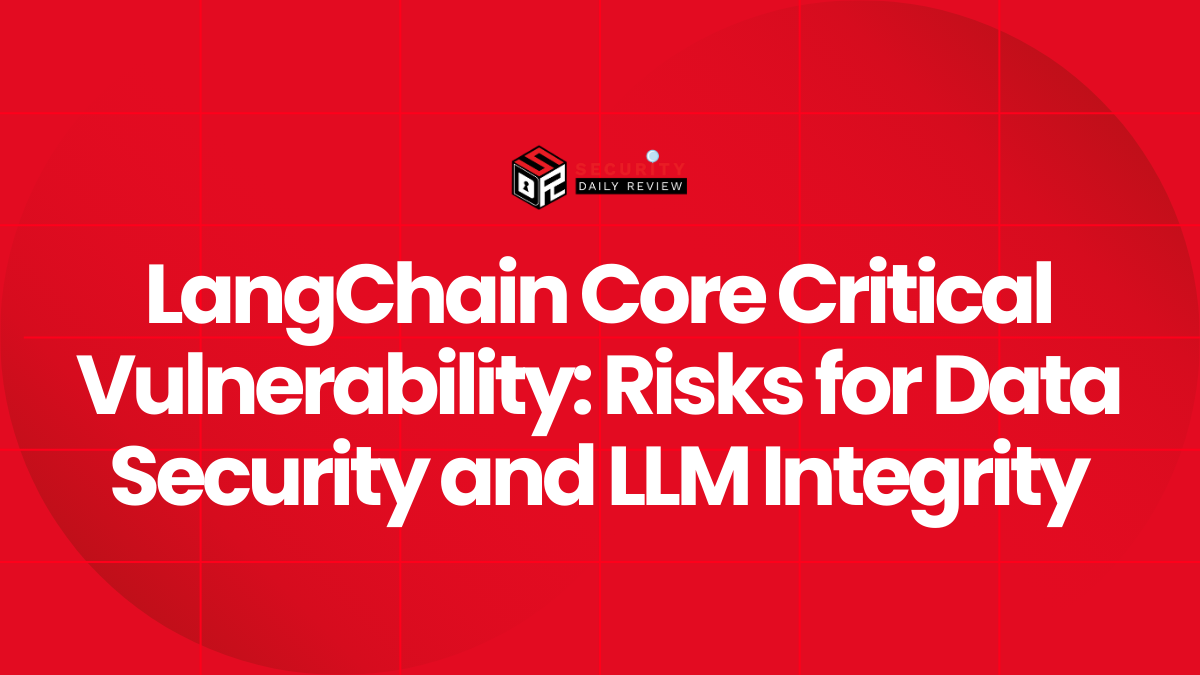A widening cybersecurity crisis has prompted U.S. Senator Ron Wyden to demand an independent review into the federal judiciary’s information systems, following a series of high-impact breaches targeting its electronic case management infrastructure. In a pointed letter addressed to Chief Justice John Roberts, Wyden described the judiciary’s current cybersecurity posture as outdated, negligent, and desperately in need of oversight. His call comes amid increasing concerns that foreign threat actors—particularly groups affiliated with Russia—have accessed some of the most sensitive legal documents in the federal system.
Senator Wyden Demands Cybersecurity Overhaul for Compromised Federal Court System
The direct appeal from Senator Wyden was fueled by a series of sophisticated intrusions, culminating in the latest breach of the U.S. Federal Court Filing System. This system, responsible for managing electronic case records, including sealed court filings, was confirmed as hacked earlier this summer. Federal investigators suspect the involvement of Russian or Eastern European hackers in what appears to be a multi-year campaign that may have links to foreign intelligence.
According to Wyden, these breaches—and the judiciary’s response to them—reflect an alarming level of dysfunction. He criticized the judiciary for its failure to adopt basic cybersecurity measures over the past several years, particularly multi-factor authentication (MFA). He also emphasized the need for the National Academy of Sciences to conduct an external audit—one that could circumvent the secrecy and limited transparency that have thus far defined the judiciary’s approach to cybersecurity incidents.
A Legacy System With Known Risks Faces Modern Threat Actors
1996-Era Infrastructure Remains at the Core of the Problem
The breached electronic case management system—initially developed in 1996—has long been faulted for its vulnerabilities. It was previously compromised in 2020, and, according to Senator Wyden, exploited using the same unpatched flaw multiple times by “hostile foreign actors.” Despite this history, modernization efforts have lagged, leaving the judiciary unprepared for persistent and increasingly complex attacks.
Federal officials report that the most recent breach, disclosed publicly on August 7, began as early as July 2025. The Administrative Office of the U.S. Courts (AOUSC), which oversees the judicial branch’s IT infrastructure, confirmed that the attack exposed sealed criminal filings from districts such as New York—some of which involved individuals with Russian or Eastern European ties. The AOUSC characterized the attackers as “sophisticated and persistent,” aligning with previous national security incidents such as a 2024 telecom wiretap breach attributed to Chinese actors.
Sensitive Case Information was Likely Exposed
Of particular concern is the possibility that adversaries accessed confidential or internationally sensitive case documentation. These case files could contain evidence, intelligence collaboration details, or wiretap authorizations. The judicial branch responded by instructing courts to remove sensitive cases from the compromised platform, a move underscoring the gravity of the situation and the inadequacy of existing protections.
Judiciary Implements Emergency Protections but Transparency Remains Sparse
Increased Controls Aim to Protect Court Documents
In recent weeks, the AOUSC has initiated emergency remediation measures, including stricter procedures for storing and accessing sensitive legal documents. Documents deemed particularly sensitive are now handled under carefully controlled conditions, with restricted access protocols. The judiciary has also started working more closely with Congress, the Department of Justice, and the Department of Homeland Security to contain the breaches and to implement additional safeguards.
According to The Record, Judge Michael Scudder testified before Congress in June about the urgent need to replace the judiciary’s aging technology, warning lawmakers of “unrelenting” cyber risks. These warnings now appear prescient.
Senator Wyden Calls Out Delay in Adopting Multi-Factor Authentication
Wyden’s critique zeroed in on what he termed systemic negligence, citing the judiciary’s delayed implementation of multi-factor authentication—a basic but essential cyber defense measure. He underscored that this failure is not merely technical but points to leadership gaps within the judiciary’s approach to cybersecurity policy.
In his letter, Wyden called for the judiciary to commission an independent, scientifically rigorous review conducted by the National Academy of Sciences. His intent is to bypass the political and institutional constraints that may have masked the scope of previous breaches.
Moving Forward Requires More Than Patches
The breaches of the federal judiciary’s electronic systems sharply highlight the widening gap between threat actor capabilities and federal infrastructure resilience. With the courts increasingly handling not only criminal and civil proceedings but also cases involving national security and international espionage, the integrity of the federal judiciary’s digital systems has become a matter of national defense.
While emergency measures such as tighter access controls and inter-agency collaboration are steps in the right direction, experts agree that true remediation will require a more foundational overhaul of legacy systems and greater transparency in breach disclosures. Until then, federal courts remain at heightened risk, with adversaries abroad potentially holding access to some of the most sensitive judicial data in the nation.









